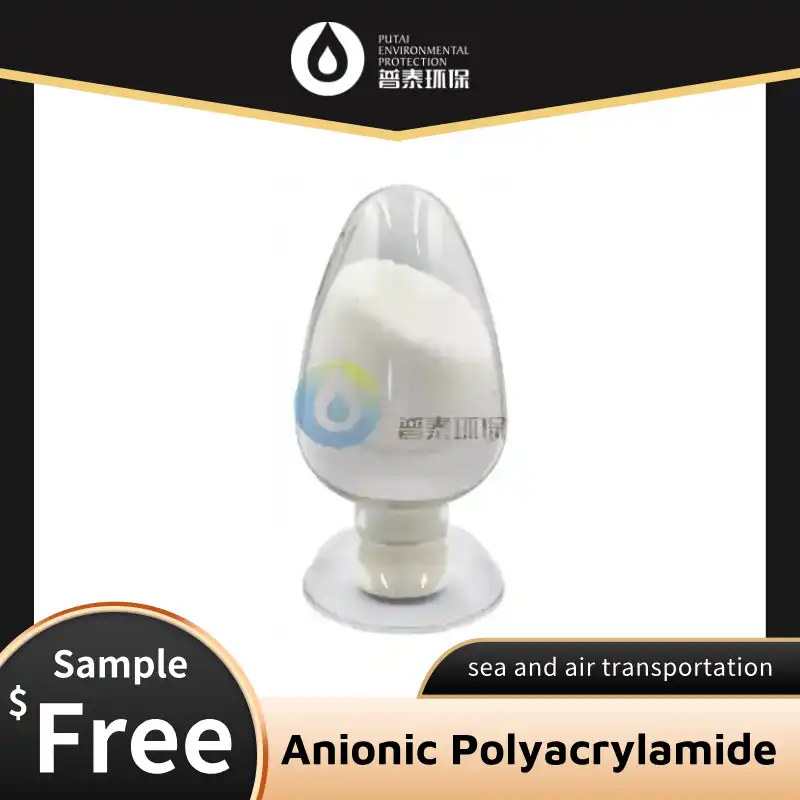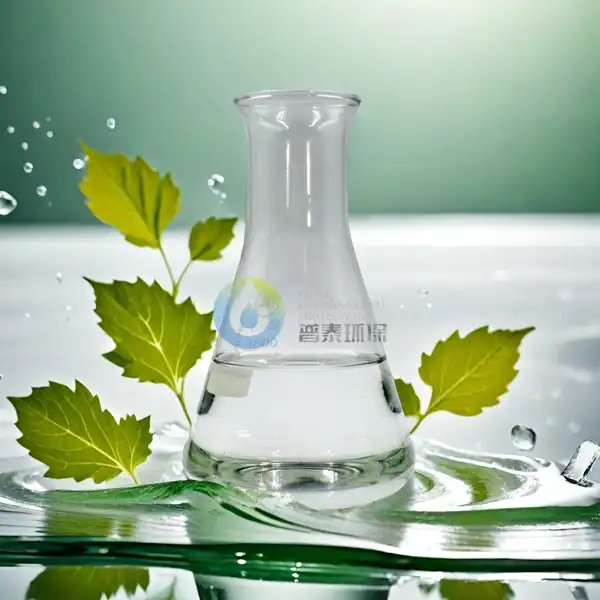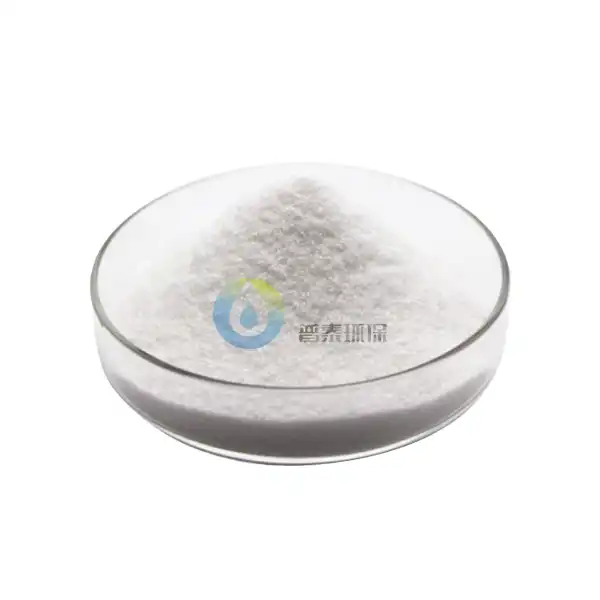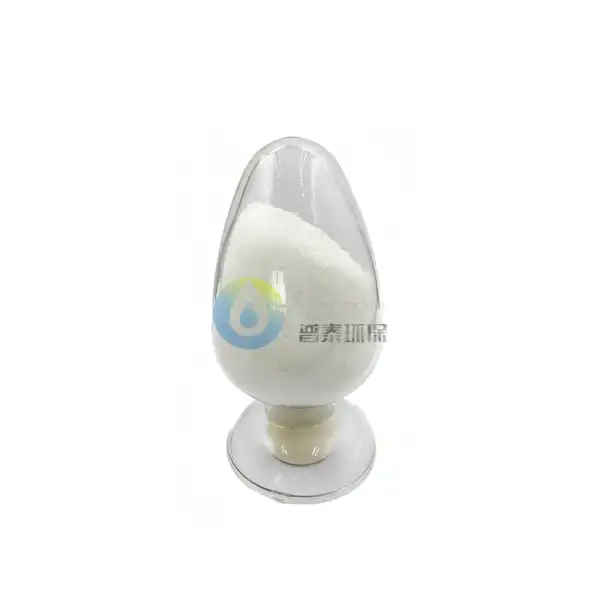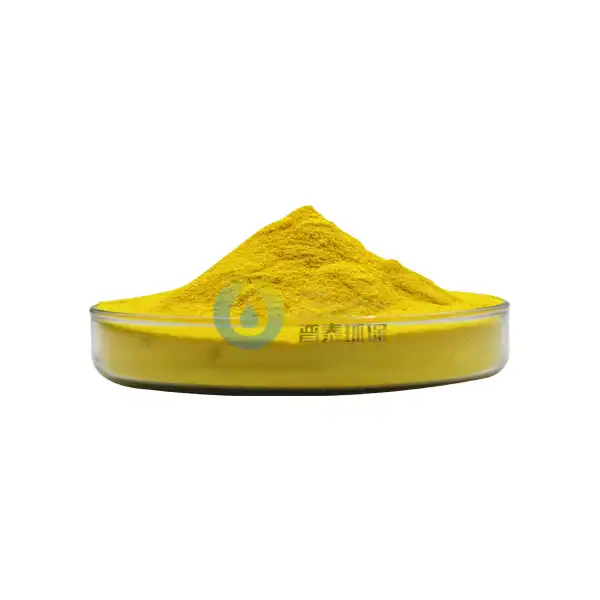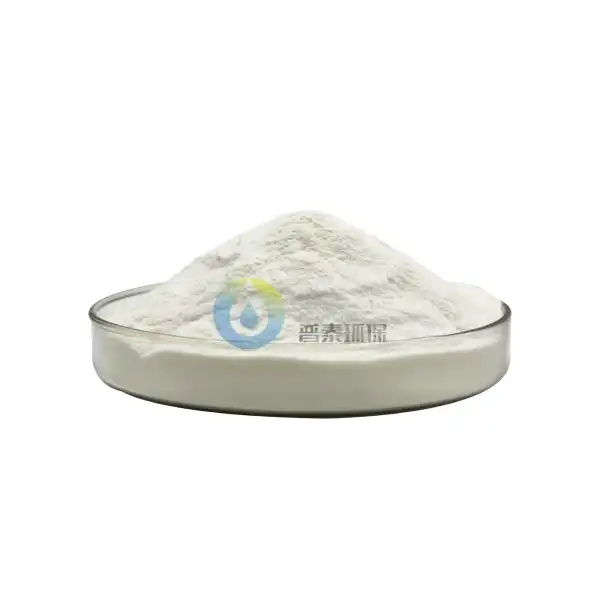What are the primary types of flocculants used in sewage treatment?
Organic Flocculants in Sewage Treatment
Organic flocculants are widely used in sewage treatment processes due to their effectiveness and environmental compatibility. These flocculants are typically derived from natural or synthetic polymers and work by neutralizing the charges of suspended particles in wastewater. The most common organic flocculants include polyacrylamides (PAM), polyamines, and natural polymers like chitosan. Sewage treatment flocculants in this category are particularly effective in removing fine particles and colloidal matter from wastewater. They form large, stable flocs that are easily separated from the liquid phase through sedimentation or filtration. The use of organic flocculants often results in clearer effluent and improved sludge dewatering, making them a preferred choice in many sewage treatment plants.
Inorganic Flocculants in Wastewater Management
Inorganic flocculants, also known as coagulants, are another essential category of sewage treatment flocculants. These compounds are typically metal salts, such as aluminum sulfate (alum), ferric chloride, and polyaluminum chloride (PAC). Inorganic flocculants work by destabilizing the charges of suspended particles, allowing them to come together and form larger, settleable flocs. They are particularly effective in removing phosphorus and heavy metals from wastewater. Sewage treatment flocculants in this category are often used in conjunction with organic flocculants to achieve optimal results. The choice of inorganic flocculant depends on various factors, including the composition of the wastewater, pH levels, and treatment objectives.
Dual Flocculant Systems in Sewage Treatment
Dual flocculant systems combine the benefits of both organic and inorganic sewage treatment flocculants to achieve superior water treatment results. This approach involves the sequential or simultaneous application of inorganic coagulants and organic flocculants. The inorganic coagulant is typically added first to destabilize the particles, followed by the organic flocculant to enhance floc formation and improve settling characteristics. Dual flocculant systems are particularly effective in treating complex wastewater streams with high levels of contaminants. They offer improved removal of suspended solids, colloidal matter, and dissolved organic compounds. The use of dual flocculant systems in sewage treatment often results in better effluent quality, reduced sludge volume, and improved overall treatment efficiency.
How do flocculants improve the efficiency of sewage treatment processes?
Enhanced Solid-Liquid Separation in Wastewater Treatment
Sewage treatment flocculants significantly improve the efficiency of solid-liquid separation in wastewater treatment processes. By promoting the aggregation of suspended particles into larger flocs, these chemicals facilitate faster and more effective sedimentation. The larger flocs formed by the flocculants have a higher settling velocity, allowing for quicker separation of solids from the liquid phase. This enhanced separation not only improves the clarity of the treated effluent but also reduces the load on subsequent treatment stages. The use of sewage treatment flocculants in primary and secondary clarifiers can lead to a substantial increase in the removal of suspended solids, typically achieving removal rates of 80-90% or higher. This improved solid-liquid separation also contributes to better sludge management, as the concentrated solids are easier to handle and process.
Reduction of Chemical Oxygen Demand (COD) and Biochemical Oxygen Demand (BOD)
The application of sewage treatment flocculants plays a crucial role in reducing Chemical Oxygen Demand (COD) and Biochemical Oxygen Demand (BOD) in wastewater. These parameters are important indicators of water quality and organic pollution. Flocculants help in removing organic matter, both particulate and dissolved, from the wastewater stream. By aggregating organic particles and facilitating their removal through sedimentation or flotation, flocculants effectively reduce the organic load in the water. This reduction in organic matter translates to lower COD and BOD values in the treated effluent. Some advanced sewage treatment flocculants are specifically designed to target dissolved organic compounds, further enhancing COD and BOD reduction. The improved removal of organic matter not only helps in meeting regulatory discharge standards but also reduces the energy and resources required for downstream biological treatment processes.
Optimization of Sludge Dewatering and Management
Sewage treatment flocculants play a significant role in optimizing sludge dewatering and management processes. The flocs formed by these chemicals have improved dewatering characteristics, allowing for more efficient removal of water from the sludge. This enhanced dewatering leads to a reduction in sludge volume, which in turn reduces the costs associated with sludge handling, transportation, and disposal. The use of appropriate flocculants can increase the solids content of dewatered sludge by several percentage points, resulting in substantial savings for treatment plants. Moreover, the improved sludge quality obtained through the use of sewage treatment flocculants often makes the sludge more suitable for beneficial reuse applications, such as land application or composting. Some advanced flocculants are also designed to reduce odor and improve the stability of the sludge, further enhancing its manageability and potential for reuse.
What factors influence the selection of flocculants for sewage treatment?
Wastewater Characteristics and Treatment Objectives
The selection of appropriate sewage treatment flocculants is heavily influenced by the characteristics of the wastewater being treated and the specific treatment objectives. Factors such as the pH, temperature, suspended solids concentration, and the nature of contaminants present in the wastewater all play a crucial role in determining the most effective flocculant. For instance, highly acidic or alkaline wastewater may require pH-resistant flocculants, while wastewater with high organic content might benefit from flocculants specifically designed for organic matter removal. The treatment objectives, whether it's primarily solid-liquid separation, phosphorus removal, or sludge conditioning, also guide the choice of flocculant. Some sewage treatment flocculants are tailored for specific applications, such as enhanced phosphorus removal or improved settleability of biological solids. Understanding these factors allows treatment plant operators to select the most suitable flocculant or combination of flocculants to achieve optimal treatment results.
Environmental Considerations and Regulatory Compliance
Environmental considerations and regulatory compliance play a significant role in the selection of sewage treatment flocculants. With increasing focus on environmental protection, there is a growing preference for biodegradable and eco-friendly flocculants. Many regulatory bodies have set guidelines on the types of chemicals that can be used in wastewater treatment, considering their potential impact on aquatic ecosystems and human health. This has led to the development of new generation sewage treatment flocculants that offer high performance while minimizing environmental impact. Factors such as the bioaccumulation potential, toxicity to aquatic organisms, and the presence of residual monomers are taken into account when selecting flocculants. Additionally, the use of certain flocculants may be restricted in areas where the treated effluent is discharged into sensitive water bodies or used for irrigation. Compliance with local, national, and international regulations is crucial in the selection process to ensure that the chosen flocculants meet all necessary environmental and safety standards.
Cost-Effectiveness and Operational Efficiency
Cost-effectiveness and operational efficiency are critical factors in the selection of sewage treatment flocculants. While the initial cost of the flocculant is an important consideration, it's equally important to evaluate the overall impact on treatment costs and operational efficiency. Some high-performance sewage treatment flocculants may have a higher upfront cost but can lead to significant savings in terms of reduced sludge production, lower energy consumption, and improved treatment efficiency. The dosage requirements of different flocculants also play a role in their cost-effectiveness. Flocculants that are effective at lower doses can offer substantial savings over time, especially in large-scale treatment plants. Additionally, the ease of handling, storage, and application of the flocculant impacts operational efficiency. Liquid flocculants, for instance, may be easier to handle and dose compared to powdered forms, potentially reducing labor costs and improving process control. The compatibility of the flocculant with existing treatment equipment and processes is another important consideration to ensure smooth integration and optimal performance.
Conclusion
Sewage treatment flocculants are indispensable tools in modern wastewater management, offering numerous benefits in terms of treatment efficiency, effluent quality, and operational cost-effectiveness. From enhancing solid-liquid separation to reducing COD and BOD levels, and optimizing sludge management, these chemicals play a crucial role in achieving clean water goals. The selection of appropriate flocculants requires careful consideration of various factors, including wastewater characteristics, environmental impacts, and operational efficiency. As water treatment technologies continue to evolve, the development of more effective and environmentally friendly flocculants will undoubtedly contribute to more sustainable and efficient sewage treatment processes in the future.
Xi'an Putai Environmental Protection Co., Ltd. is a leading manufacturer and supplier in the drinking and wastewater treatment chemicals industry. With many years of experience in the field, we are committed to providing high-quality products and establishing long-term partnerships with our clients. Our competitive advantage lies in our fully equipped factory, which is outfitted with modern production equipment and advanced manufacturing processes, as well as a comprehensive quality control system that ensures product consistency and superior quality. Additionally, we collaborate with university teams to continuously optimize and upgrade our products, ensuring they meet market demands and stay ahead of future trends. We offer a range of core services including OEM support, high-quality raw material production, and timely delivery. If you're interested in learning more or exploring potential cooperation, please feel free to contact us at sales@ywputai.com. We look forward to the opportunity to work with you.
References
1. Smith, J.A. and Brown, R.B. (2018). Advanced Flocculants in Municipal Wastewater Treatment. Water Science and Technology, 78(5), 1023-1035.
2. Johnson, M.K. et al. (2019). Comparative Study of Organic and Inorganic Flocculants in Sewage Treatment. Environmental Technology, 40(11), 1412-1425.
3. Lee, S.H. and Park, C.M. (2020). Optimization of Dual Flocculant Systems for Enhanced Wastewater Treatment. Journal of Environmental Engineering, 146(7), 04020061.
4. Wilson, D.R. (2017). Flocculant Selection Criteria for Modern Sewage Treatment Plants. Water Environment Research, 89(5), 480-492.
5. Nguyen, T.T. and Kim, J.H. (2021). Eco-friendly Flocculants for Sustainable Wastewater Management. Chemosphere, 263, 128005.
6. Garcia-Morales, M.A. et al. (2018). Cost-Benefit Analysis of Advanced Flocculants in Large-Scale Wastewater Treatment Facilities. Water Resources Management, 32(6), 2079-2091.

